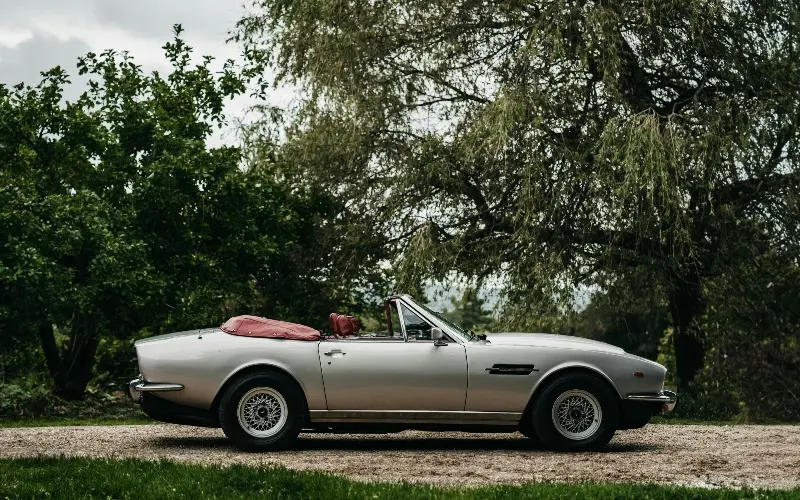Do You Love Classic Cars? Your Life Might Have Just Got Easier Thanks To The DVLA
The DVLA has announced changes that could impact the lives of classic car lovers. With brand new rules rolled out in late August 2025, restoration, rebuilding, and modification of classic cars should be made simpler thanks to new legalities.
The first major updates since the 1980s, we think you’ll be pleasantly surprised if you’re into classic car restoration. Let’s get into the changes and how they might affect you.
Classic Car Restoration: What’s Changed?
Let’s not stand on ceremony. Here are the big-hitting changes:
No More Paperwork for Like-For-Like Repairs
In the past, vehicle owners had to let the DVLA know when any routine repairs or restorations were carried out on classic cars. This applied if no alterations were made to the character of the car, and covered everything from repainting to replacing engine parts, even if those parts were identical.
However, as of August 26th, 2025, that’s no longer a requirement.
To put it simply, if your car looks the same and matches the information in the V5C logbook, you don’t have to update the DVLA.
Keep Your VIN and Number Plate With Major Modifications
For drivers of vehicles with Q number plates, the DVLA could claim that you had made changes to your vehicle, which means its identity has been lost. This typically would refer to large jobs like changing a body shell or replacing the full chassis, and could mean that you’d lose your registration number and VIN.
Thankfully for rebuilders and classic car restorers, this is no longer the case, so you can hold onto those cherished Q number plates and classic car paperwork.
EV Conversions Are Officially Allowed
Many people are combining a love of classic cars with an interest in electric vehicle technology, converting the likes of Minis and Jaguars into EVs with electric motors. The new rules introduced by the DVLA allow these kinds of vehicles to keep their original identity and registration, as long as you inform them of your conversion.
This means you don’t have to worry about losing the authenticity of the vehicle because you’ve opted for a greener engine choice.
Why Have DVLA Rules Changed for Classic Cars?
In a somewhat rare situation, the government called for evidence in May 2024 regarding these kinds of changes. Classic car club members, enthusiasts, and industry experts all chimed in with their two cents, and over 13,50 responses were recorded.
The message was overwhelmingly clear and showed the government that the rules weren’t in line with the reality of car restoration. They were outdated and bureaucratic, according to the feedback, and often led to owners losing Q registrations and the heritage of vehicles they loved.
The DVLA responded brilliantly and worked to modernise the process, simplifying it so people can keep automotive heritage alive and well in the UK.
Lilian Greenwood, Minister for the Future of Roads, summed it up by saying:
Cut red tape, back drivers, and support the classic car industry as it embraces both restoration and electrification.
What Happens With Q Number Plates?
In short, a Q number plate can still be issued if the DVLA can’t verify a vehicle’s age or identity. For example, if there are too many new components from unknown sources, that muddy the waters. The new system, however, means that you’re less likely to get a Q registration because red flags aren’t automatically raised.
And to answer the golden question, your Q plate can’t be swapped back to an original or age-related registration. It’s permanent.
Final Thoughts
Classic car lovers and rebuilding enthusiasts are thrilled with the newly introduced DVLA changes. Simplifying the process and reducing paperwork and hassle, the DVLA are encouraging more electrification and for people to enjoy the craft of rebuilding or restoring classic cars.
So, if you’re a restorer or rebuilder, you can now say goodbye to unnecessary bureaucracy and enjoy your restorations!

